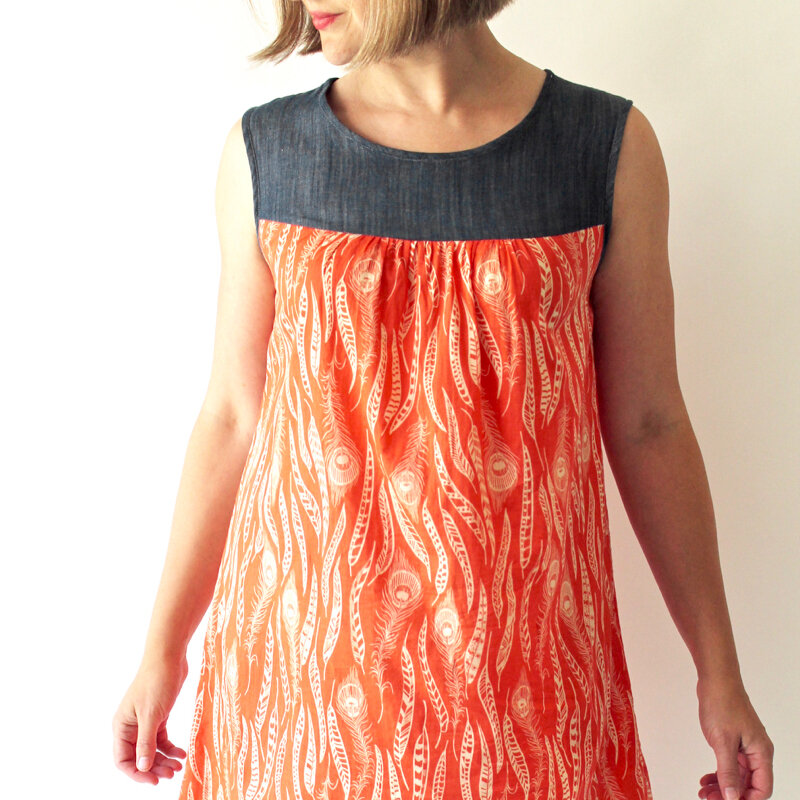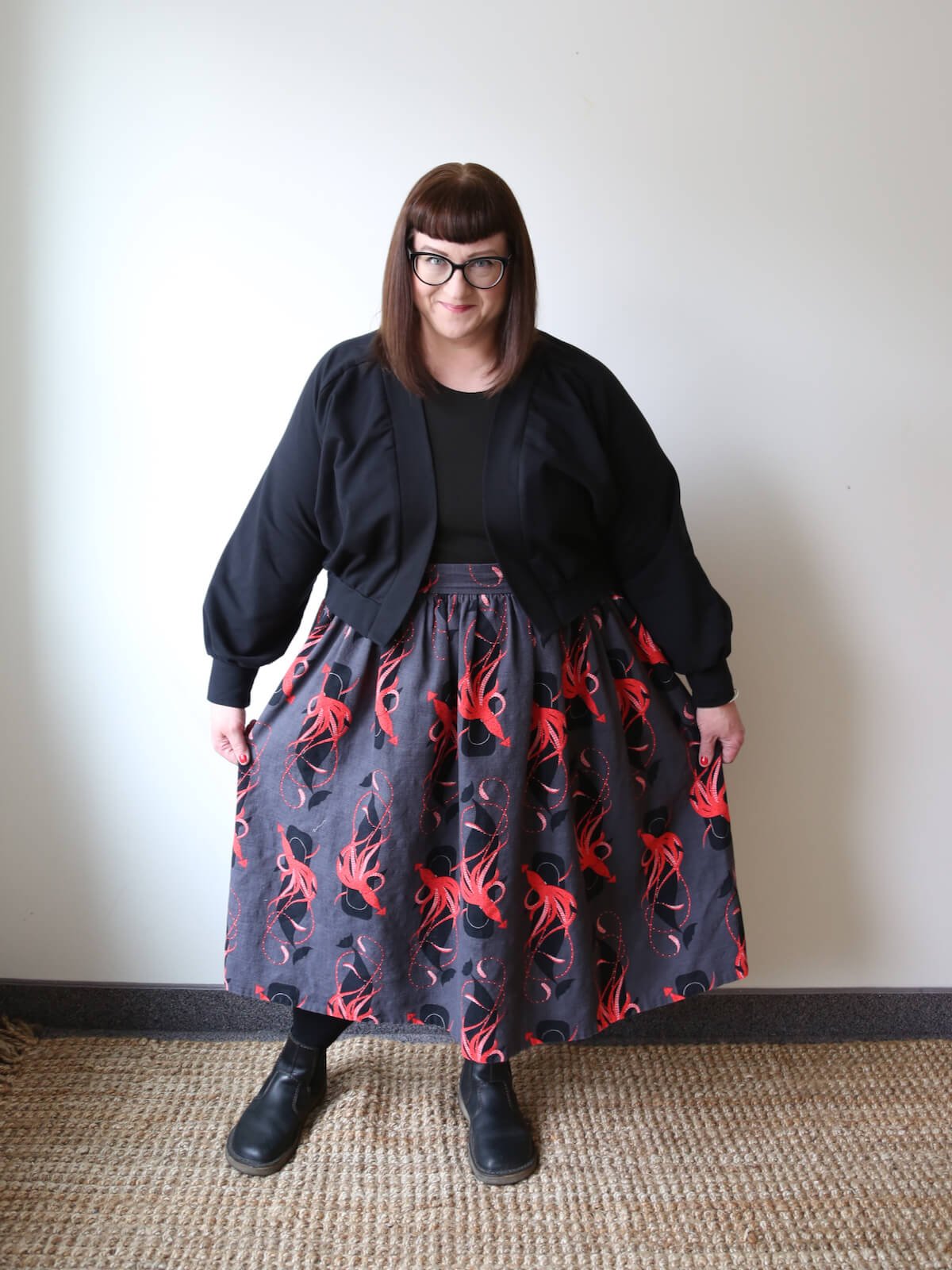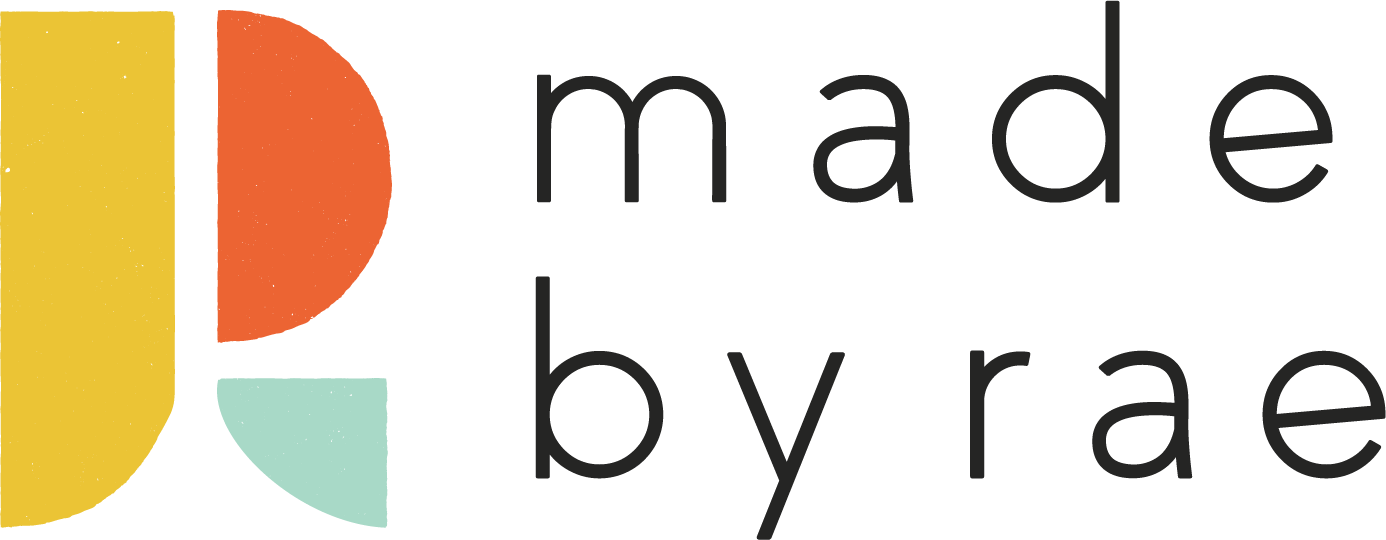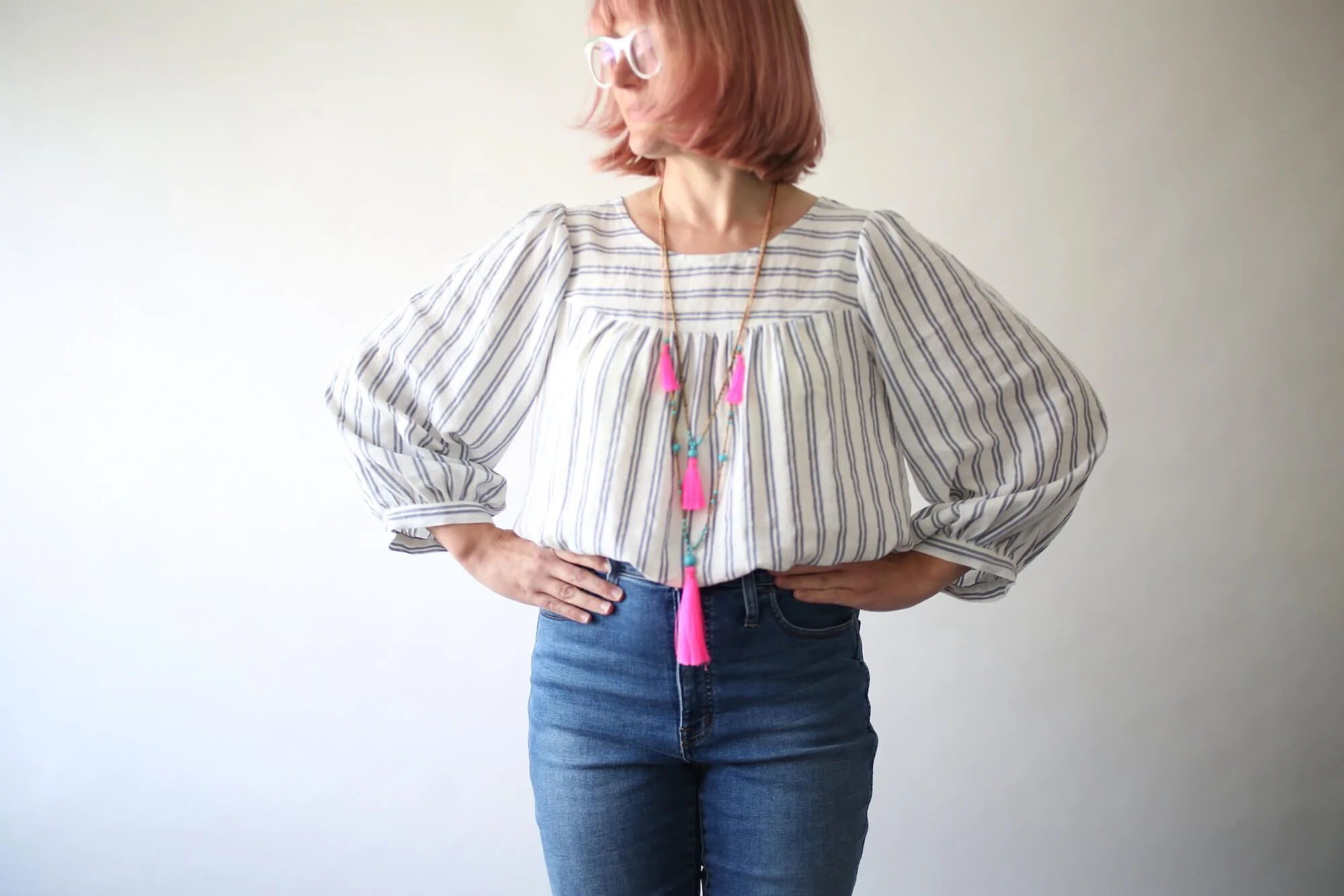
ABOUT THE RUby PATTERN
Ruby is a great, basic beginner's dress or top for woven fabrics!
Ruby features a contrast yoke and gathers for a comfortable fit without the need for bust darts, zippers, or closures. Armholes and neckline are bias-bound for an easy finish. Two lengths, dress (above the knee) and top (hip length) are included.
This sewing pattern is available in both digital and print formats.
NEW SIZING! Ruby now comes in fourteen sizes A-N, designed for chests 32-66 inches [81-168 cm] and hips 35-70 inches [89-178 cm] - see chart below.
Share your beautiful makes online with the tag #rubydressandtop!
YARDAGE & MATERIALS
woven fabric (see yardage chart below for amounts)
1/4 inch wide double fold bias binding, prepackaged (sizes A-F: 2 yd [1.6 m], sizes G-I: 2.25 yd [1.9 m], sizes J-L: 2.5 yd [], sizes M,N: 3 yd [2.8 m]) or an additional 1/2 yard of yoke fabric to make your own [see Tutorial: How to Make Bias Binding]
coordinating thread
Recommended Fabrics
Main: Light weight woven fabrics with drape such as linen, rayon challis, shot cotton, voile, double gauze. Knit fabrics with less than 50% stretch such as interlock and jersey.
Yoke: Medium to light weight woven fabrics such cotton chambray, linen, cotton-linen blends, eyelet, lace.
Resources
VIDEO TUTORIAL: How to sew Ruby with a lined yoke
This pattern is featured in the following blog posts







































